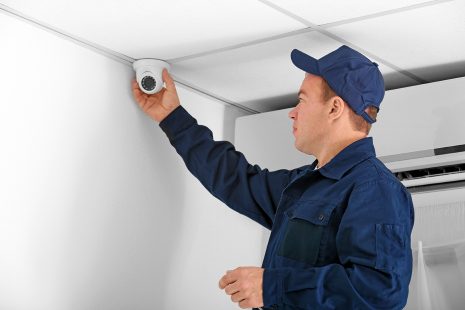PoE safety

PoE safety incorporates a number of measures to protect legacy equipment from damage and to protect users from the hazards of electrical power.
- Signature detection – prevents damage to legacy devices by ensuring that PoE voltages can only be applied to the cable once a compatible Powered Device has been detected.
- Current limiting – is employed to protect the PSE from overload and to quickly disable malfunctioning Powered Device’s. The current drawn on each enabled port is continuously monitored and power is disconnected if it increases beyond the allowed limit. This limit can be set to correspond to the connected device’s power class for added protection.
- Polarity protection – provided by the bridges in the Powered Device’s power input circuitry means it can safely receive power regardless of the configuration and polarity of the voltage on the cable. This makes it immune to reverse connections on crossover cables or different types of equipment. Badly-wired or incompatible equipment will either work safely or will not connect at all.
- Automatic disconnection – of devices is performed when the monitored current falls below a minimum level, returning the cable to its original unpowered state, ready for the safe connection of another device.
- Low voltages – used to protect installers from electric shock hazards. The voltage used by PoE (up to 57 volts) is high enough to be efficient, but low enough to be safe.
- Standards – Being a standard, PoE mitigates the risk of using different and incompatible local power supplies, with exposed power connectors that cannot be securely fitted.
For more information, visit Power over Ethernet solutions
